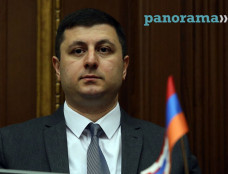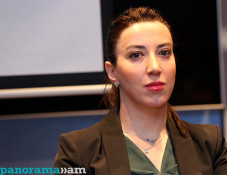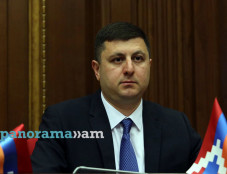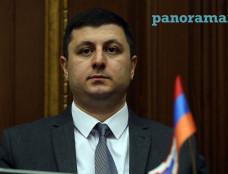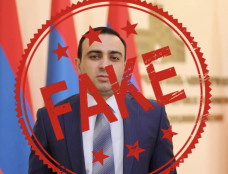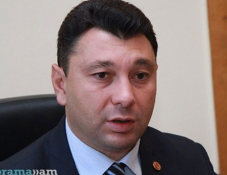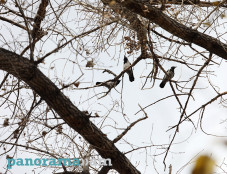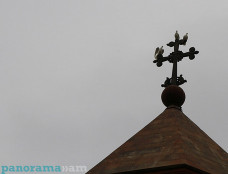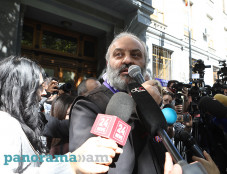
Armenian Church remembers St. Nicholas
The Armenian Apostolic Church commemorates St. Nicholas, Bishop of Myra, on Saturday 10 December.
Because of the many miracles attributed to his intercession, he is also known as Nicholas the Wonderworker.
Little is known about the historical Saint Nicholas. The earliest accounts of his life were written centuries after his death and probably contain legendary elaborations. He is said to have been born in the Greek seaport of Patara, Lycia, in Asia Minor to wealthy Christian parents.
In one of the earliest attested and most famous incidents from his life, he is said to have rescued three girls from being forced into prostitution by dropping a sack of gold coins through the window of their house each night for three nights so their father could pay a dowry for each of them. Other early stories tell of him calming a storm at sea, saving three innocent soldiers from wrongful execution, and chopping down a tree possessed by a demon. In his youth, he is said to have made a pilgrimage to Egypt and Palestine. Shortly after his return, he became Bishop of Myra. He was later cast into prison during the persecution of Diocletian, but was released after the accession of Constantine.
An early list makes him an attendee at the First Council of Nicaea in 325, but he is never mentioned in any writings by people who were at the council. Late, unsubstantiated legends claim that he was temporarily defrocked and imprisoned during the council for slapping the heretic Arius. Another famous late legend tells how he resurrected three children, who had been murdered and pickled in brine by a butcher planning to sell them as pork during a famine.
Fewer than 200 years after Nicholas's death, the St. Nicholas Church was built in Myra under the orders of Theodosius II over the site of the church where he had served as bishop, and his remains were moved to a sarcophagus in that church.
In 1087 Italian sailors or merchants stole his alleged remains from Myra and took them to Bari, Italy; this removal greatly increased the saint’s popularity in Europe, and Bari became one of the most crowded of all pilgrimage centres. Nicholas’s relics remain enshrined in the 11th-century basilica of San Nicola at Bari, though fragments have been acquired by churches around the world. In 2017 researchers dated one such relic fragment, a piece of hip bone, from a church in the United States and confirmed it to be from the 4th century.
Newsfeed
Videos






